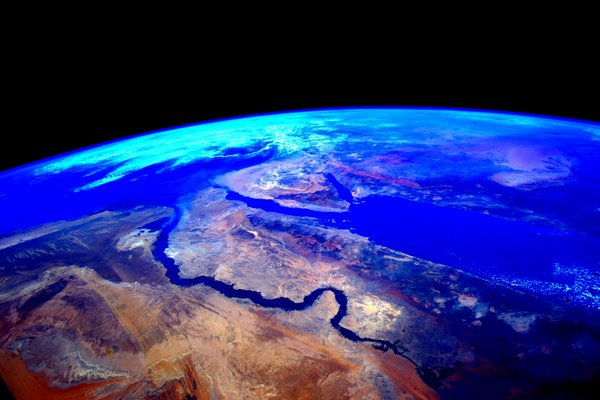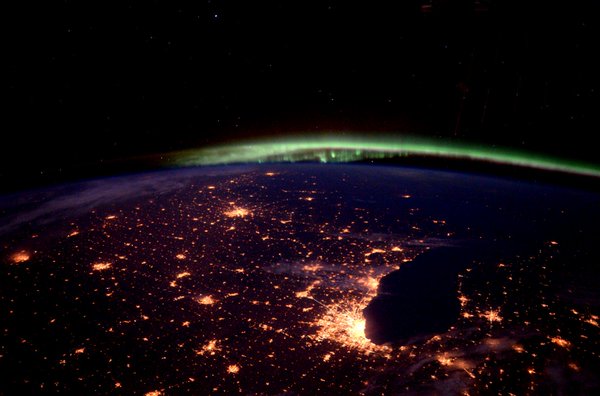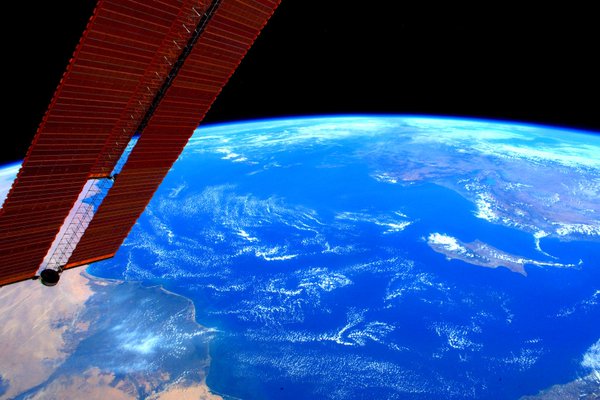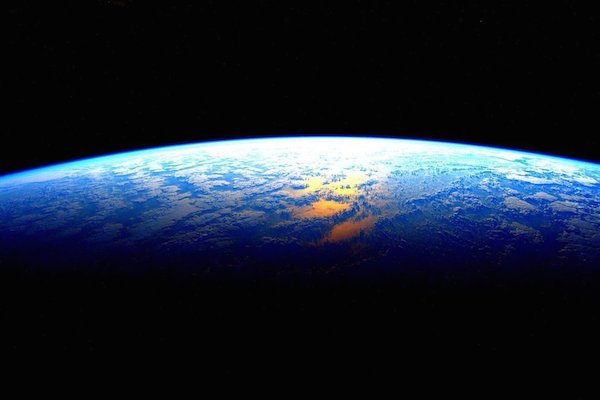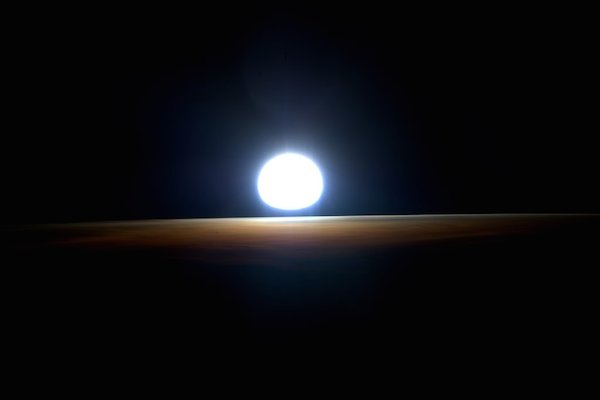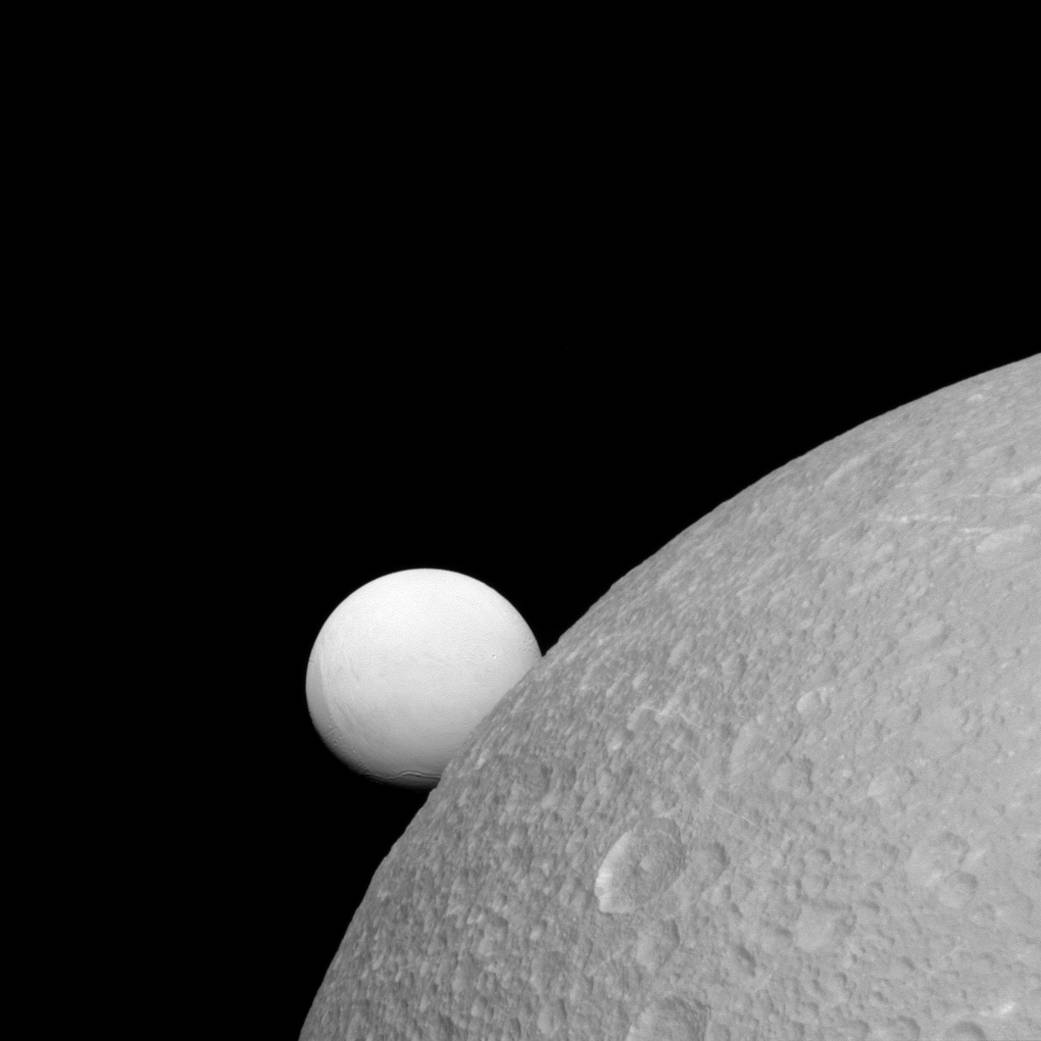When I was a kid, the mystery of Saturn’s vast rings had me in their sway. I did a number of school projects on our solar system’s second-largest planet and even attempted to draw a comic book chronicling the adventures of its alien inhabitants.
The recent photos coming back from NASA’s Cassini spacecraft have helped rekindle that fascination (although I’ve long since given up any aspirations of being a comic artist). Yep, those vast rings still hold plenty of mystery.
Take, for example, this photo Cassini snapped of three of Saturn’s moons — Tethys, Enceladus and Mimas — straddling the rings.
In this configuration, Tethys (660 miles across) appears above the rings, while Enceladus (313 miles across) is just below at the center and Mimas (246 miles across) is located to its left.
For those keeping track of such things, the craft acquired the shot at a distance of 837,000 miles from Enceladus. Tethys was 1.2 million miles away and Mimas was approximately 1.1 million miles away.
The Cassini mission is a cooperative project of NASA, the European Space Agency and the Italian Space Agency.


